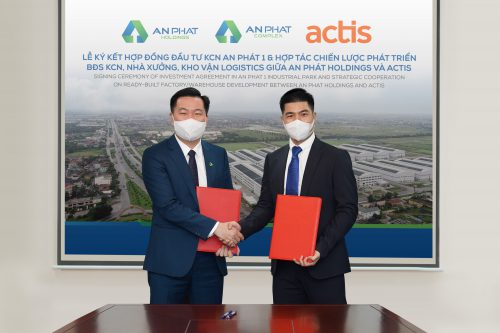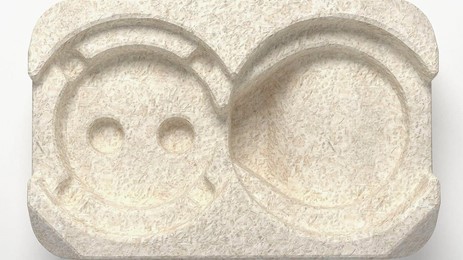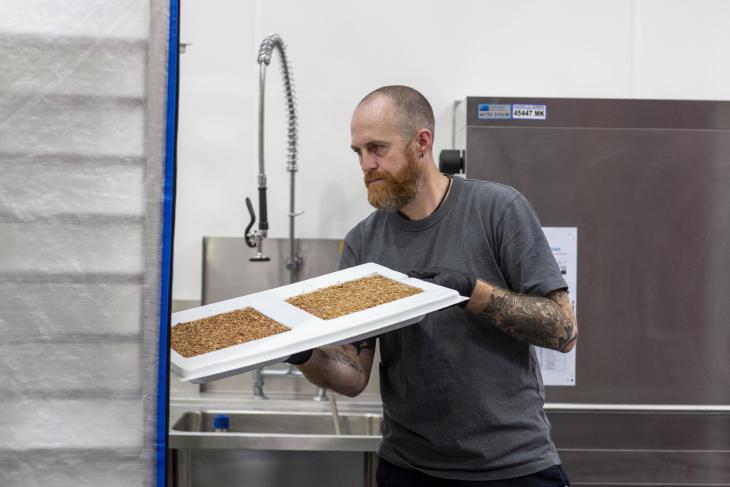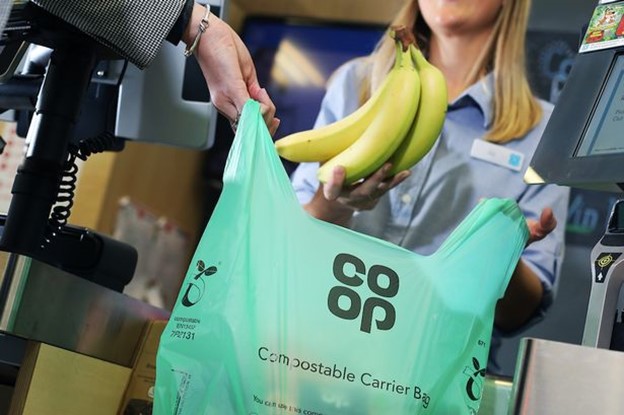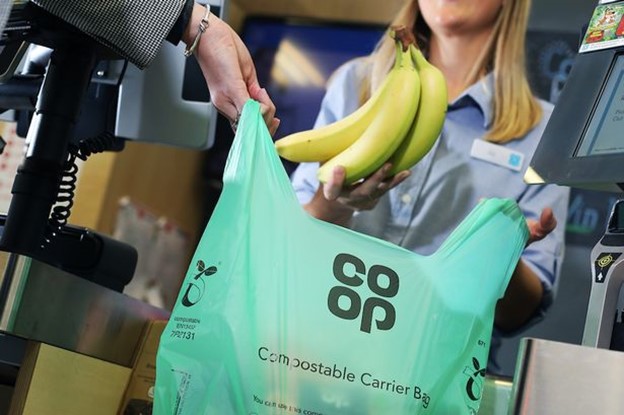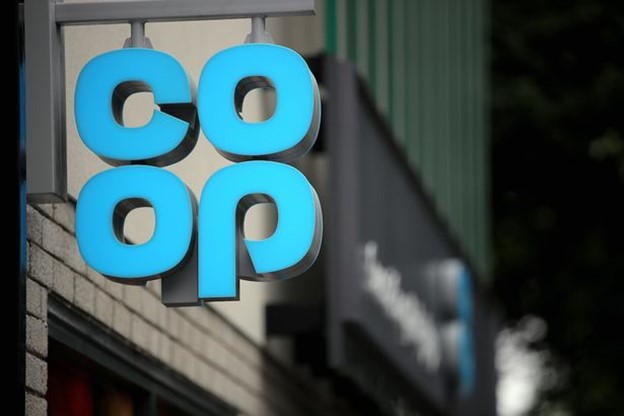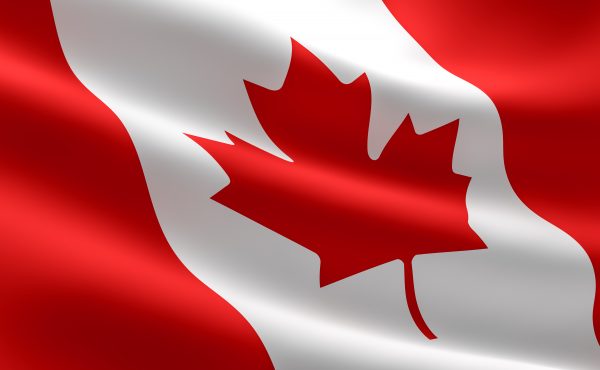Actis – A leading global investor in sustainable infrastructure, signed a cooperation agreement with An Phat High-Technology Industrial Park Company Limited (An Phat Complex), a member of An Phat Holdings in which Actis invested more than USD 20 million in An Phat 1 Industrial Park to own 49% of the company’s shares.Additionally, the parties have signed a Memorandum of Understanding to form an RBF / RBW development joint venture program worth US $250 million.
An Phat Holdings (ticker symbol: APH) and Actis, a leading global investor in sustainable infrastructure, officially signed a development cooperation agreement that will focus on two areas: the development of industrial parks and ready-built factory and warehouse (RBF / RBW) for lease. Accordingly, Actis will invest more than US $20 million in An Phat 1 Industrial Park to own 49% of the company’s share. Additionally, the parties have signed a Memorandum of Understanding to form an RBF / RBW development joint venture program worth US $250 million.
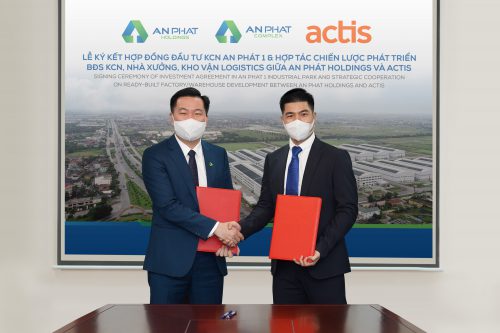
Mr. Brian Chinappi, Partner and Actis’ Head of Asia Real Estate said “The industrial and logistics sector is consistent with our strategy to invest in sustainable infrastructure in growth markets in Asia and globally. We see compelling opportunities to pursue our build-to-core strategy in the industrial and logistics sector, reinforced by what we at Actis refer to as the 4Ds: Demographic shifts, Digital disruption, Deficient supply and Demand for yield. Vietnam’s industrial and logistics real estate market is poised for outsized growth given the sustained relocation of manufacturing base from markets like China, strong growth in domestic exports and imports, and an accelerating shift to e-commerce retailing. An Phat Holdings has a strong track record in this space, a clear development strategy, and like Actis, it is fully committed to sustainable development. An Phat 1 Industrial Park will be the beginning of our strategic partnership with An Phat Holdings and we are excited to jointly pursue industrial park and ready-built factory/ warehouse development opportunities on a large scale”.

Commenting on the strategic cooperation, Mr. Dinh Xuan Cuong – Vice Chairman, Chief Executive Officer of An Phat Holdings expressed: “This is the first step in the long-term cooperation between An Phat Holdings and Actis, aiming to develop An Phat 1 Industrial Park into a leading, green industrial park in the North. For us, this cooperation provides funds and also provides An Phat Holdings with more resources to deploy to new projects and unlock potential of the industrial real estate segment. Along with that, we can improve reputation, product and service quality, and maximize operating capacity of An Phat 1 Industrial Park.”

Actis is a leading global private capital investor focused on sustainable infrastructure. The firm has a strong emerging markets heritage across Africa, Asia and Latin America raising more than US$ 19 billion, in over 260 investments in the last 20 years. Actis connects the world’s leading institutional investors with investment opportunities in sustainable infrastructure sectors. Through deep operational experience, on the ground presence, and a values-led approach, Actis delivers competitive returns for its investors and transformational positive impact for the countries, cities and communities in which it invests. At present, the company has a team of more than 120 investment professionals, working across 17 offices globally.
An Phat 1 Industrial Park is a project of An Phat High-Tech Industrial Park No.1 Joint Stock Company, a subsidiary of An Phat Bioplastics (Ticker symbol: AAA) – member of An Phat Holdings. An Phat 1 Industrial Park is also one of its four new industrial parks in Hai Duong province, with an area of 180 ha in phase 1 with the charter capital of VND 375 billion. When it comes into operation, An Phat 1 Industrial Park aims to attract 50 – 70 manufacturing plants, creating jobs for approximately 12,000 workers, and reaching a 100% occupancy rate by 2024.

An Phat 1 Industrial Park’s goal is to develop Hai Duong’s leading high-tech and environmentally-friendly industrial park, which attracts investors from a wide range of industries, such as electronics, food and beverage (F&B), plastic, injection molding and supporting industry among others.
Currently, An Phat 1 Industrial Park is at the site clearance stage in preparation for construction to begin in July 2021. It is expected that the industrial park will come into operation and start commercial activities from the fourth quarter of 2021.
An Phat Holdings is the leading high-tech and environmentally-friendly plastic Group in Southeast Asia. Currently, An Phat Holdings owns two leading industrial parks in the North, An Phat Complex and An Phat 1 Industrial Park (a joint venture with Actis). In the next 5 years, the group plans to develop a large land bank in Hai Duong, a favorable location to attract foreign investment into Vietnam due to its high-quality workforce, supporting infrastructure and connectivity to major sea and airports, and close proximity to the Chinese border.

